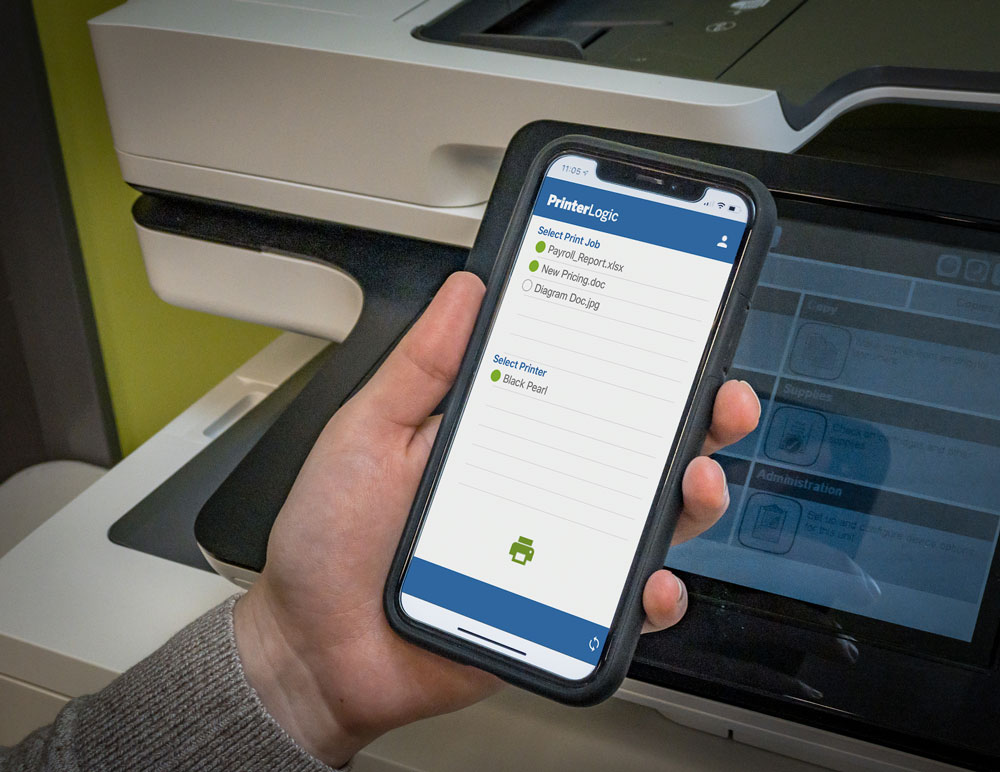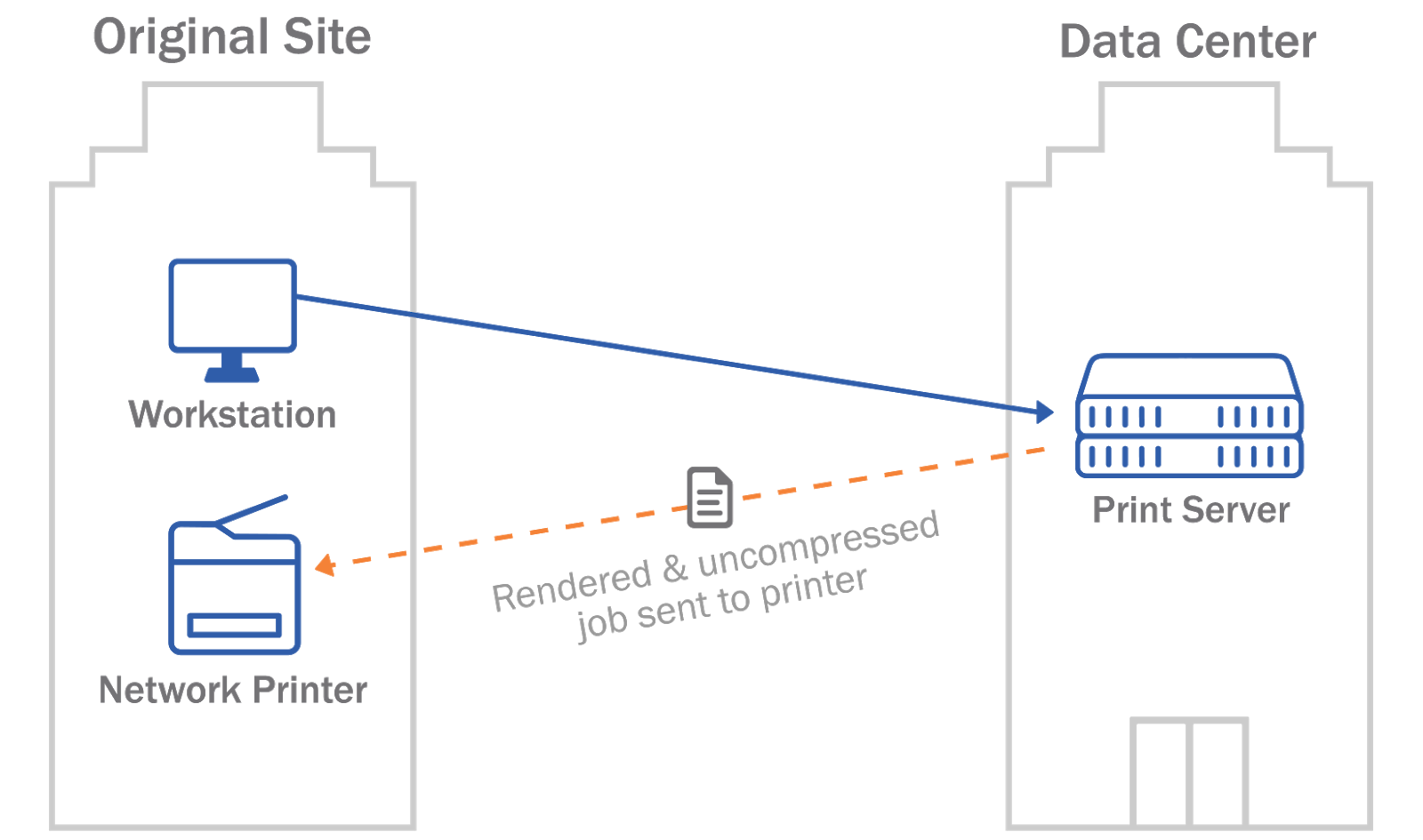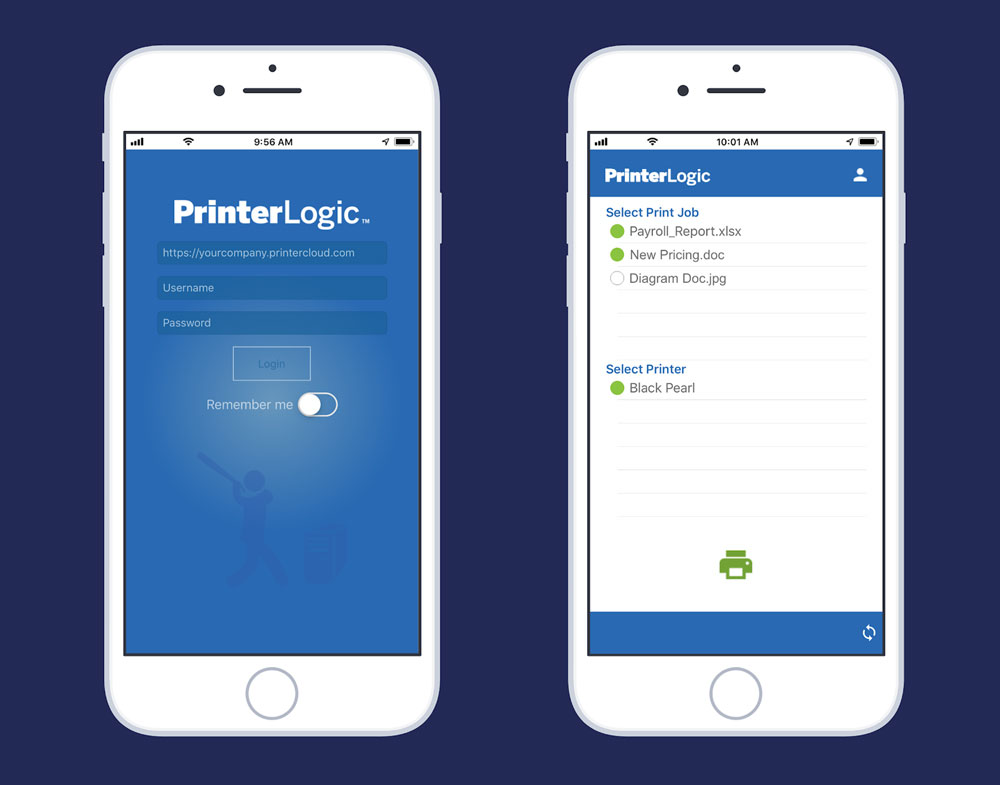There’s a growing awareness of the risks of IT weak points and the costly consequences of security breaches. That has led many organizations to take a much more aggressive stance toward the security of their workflows and infrastructure. One particular aspect that often gets overlooked, though, is enterprise print security and the important role it plays in a strong, comprehensive security strategy.
High-Risk Environments in Enterprise Print Security
While organizations in any industry ignore the security of their print environment at their peril, there are a few fields where enterprise print security is doubly important because the associated risks are so much greater.
- Healthcare: It goes without saying that secure printing and tightly controlled print management is an absolute must in the healthcare industry. Hospitals, insurers and medical providers are subject to strict regulations on the maintenance and disclosure of sensitive patient information. Violations are not only severely punishable by law; they also shake patients’ trust in the organization.
- Finance: The banking and financial industry is also under strong regulatory and commercial pressure to ensure that confidential information stays that way. If information is compromised through the unintentional or deliberate exposure of account details, financial statements or transaction records, the repercussions can be swift and expensive.
- Legal: Printed documentation is a mainstay of the legal profession. Important contracts, personal wills, confidential memos and case histories are just the tip of the iceberg. Lawyers and legal aides therefore have to remain vigilant, which can and should involve monitoring each stage of the print process to keep private documents out of the public eye.
- Government: Secure printing is being increasingly adopted by municipal, state and federal organizations—along with their contractors—as standard operating procedure. At higher levels of government, some of this adoption can be attributed to tighter standards in the handling of digital information. But added rigorousness around printing and print management is also recognized as a best practice among governmental agencies.
What Does Secure Printing Look Like?
Currently, the most common approach to secure printing splits the printing process into two distinct steps. In the first step, the user prints as usual (i.e., by clicking “Print”). But instead of printing automatically on a default printer, most implementations of secure printing—sometimes conflated with Pull Printing for reasons that will become clear—then hold the print job in a queue to await the end user’s next instructions.
The second step involves releasing the print job for physical printing. This is when the user authorizes a particular printer to execute the print job using a particular authentication mechanism, examples of which will be outlined below. The advantage of this second step is that the user can generally choose to print the job on a nearby (and therefore more convenient) device instead of being forced to print exclusively on a default printer. Hence the notion of Pull Printing.
When enterprise printing solutions implement this two-step process properly, it offers more than just secure-printing capabilities. It’s also easy for the end user to understand, poses little to no disruption to the printing workflow (in fact, the flexibility of Pull Printing can actually be more convenient for the end user) and can even cut down on consumables usage because jobs are far less likely to be abandoned in the output tray.
What Makes PrinterLogic’s Secure Enterprise Printing Solutions Unique?
Thanks to its versatility, simplicity and superiority by design, PrinterLogic’s software sets itself apart from standard solutions because it:
- Keeps print jobs on the workstation, not the server: Ordinary enterprise printing solutions typically hold secure print jobs in a queue on a print server. This actually introduces an unnecessary security risk by consolidating secure print jobs and making them vulnerable to a single attack vector! PrinterLogic’s serverless print-management solution safely holds the print job on the user’s workstation until it is successfully released by the authorized user.
- Works with any network printer: Whereas some secure-printing solutions are limited by manufacturer or model compatibility, PrinterLogic gives you the ability to turn any network printer into a Pull Printing device. This saves organizations from having to purchase new hardware or restrict secure-printing functionality to certain users or departments.
- Multiple print-release authentication options: Whether your organization prefers to authenticate with badge/card readers (this is typically CAC/PIV in federal government applications), the printer’s embedded control panel or a dedicated mobile device in kiosk mode, you can be sure that PrinterLogic’s secure printing will support the method that best suits your environment.
Above all, PrinterLogic’s enterprise printing solutions are easy to deploy and administer, and that same ease extends to secure printing. From a practical print-management standpoint, this should come as welcome news to admins, who are often faced with a demand for secure printing but have no cost-effective way of implementing it across the enterprise and do not want the added burden of configuring and managing a Pull Printing solution.
Download a free 30-day trial of our serverless print-management software to see for yourself how PrinterLogic’s secure printing stacks up against that of other enterprise printing solutions. Our next-generation approach to enterprise print security can serve as a crucial building block in any overall security strategy, thereby helping to protect your data, documents and devices from unwanted access.


